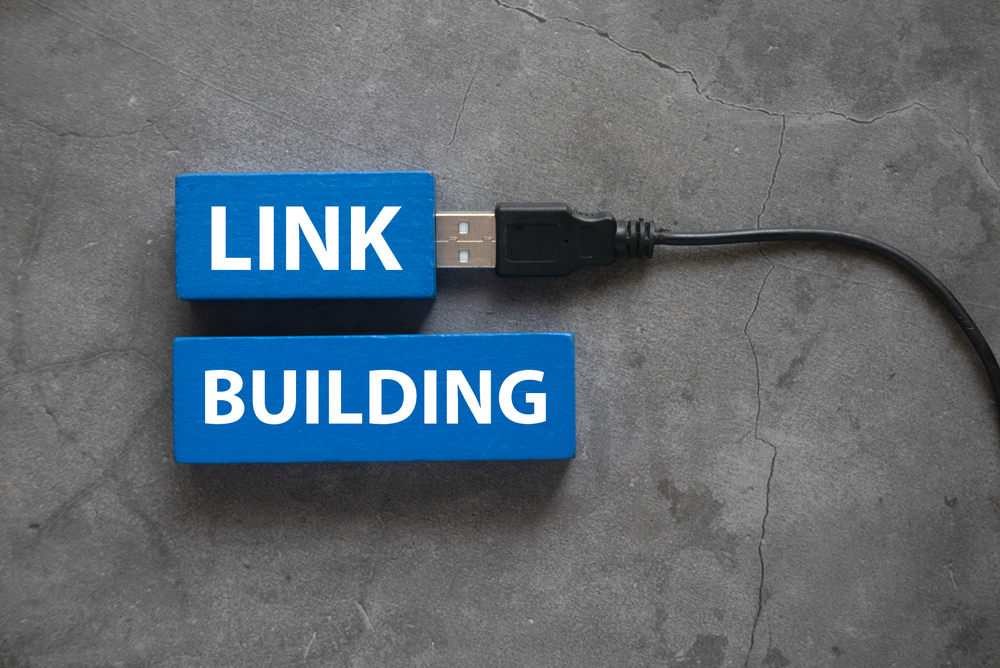
There is no shortage of SEO firms on the market, which is a good thing. However, because they are not created equal, it can be difficult to determine which one best suits your personal preferences and business needs.
This article will discuss the top five characteristics to look for in a search engine optimization company. This will act as a guide to assist you in making the best selection possible in an otherwise crowded market.
- Case studies
- Realistic offerings
- White-hat practices
- Experience
- Price
Case studies
Ask for evidence to back up their claims, not just their word. If they claim to have years of experience helping businesses like yours rank higher on search engines, demand proof. Case studies demonstrate the agency’s ability to deliver results and are worth investigating.
Realistic offerings
Almost every website owner wants to be on the first page of search engines, which makes sense given the opportunities. However, some SEO agencies will try to use this desire to entice clients to buy their services. A good company will not promise overnight rankings or guarantee rankings. Why? Because algorithms are beyond their control, no one can guarantee you will be ranked #1 on SERP.
White-hat practices
It’s easy to overlook this aspect if the company in question has already proven themselves, but don’t. Find out what strategies the agency uses and ask them to explain them to you. Some companies use unethical or manipulative tactics to help rank their clients, which may seem appealing at first, but often backfire. Beyond losing top rankings due to slight algorithm changes, black-hat strategies may also result in harsh penalties.
Experience
Pay close attention to the company’s experience. Find out how many sites they have worked on in your industry and how long they have been doing it. Check their success rates as well. This will show you how well they deliver on their promises.
Price
Its human nature to go with the cheapest option, but cheap isn’t always better. In the world of SEO, you get what you pay for. That doesn’t mean you should hire the priciest agency. Ideally, you should consider the above factors before the cost.
Conclusion
SEO helps your site rank higher on search engine results pages. Hiring an SEO agency can help you maximize the process. With our five SEO company selection tips, you should be able to find the best fit for your needs.








